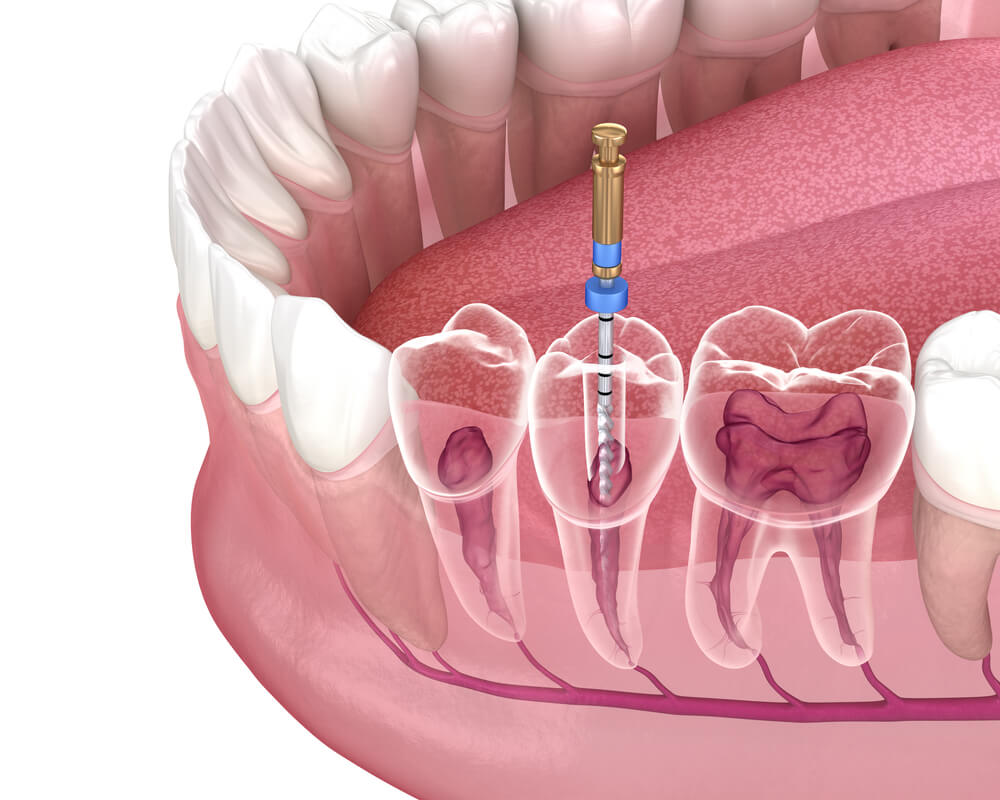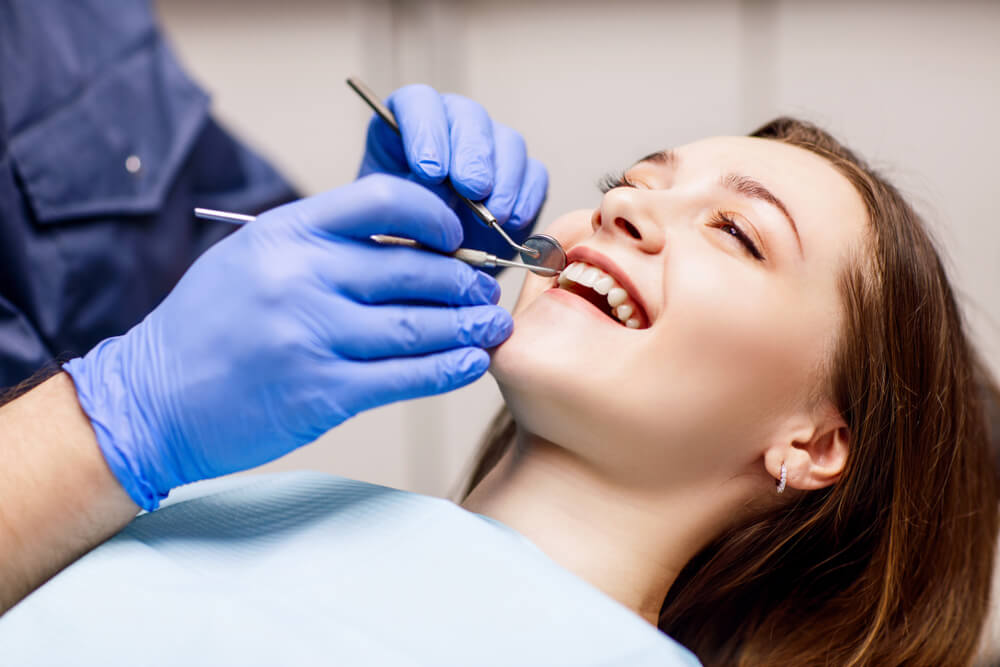This treatment is for you if…
You feel discomfort of any type and want to check your oral health
What is conservative and restorative odontology?
The definition of conservative odontology has been described by many experts as the branch of odontology involved in repairing tissue affected by injuries of different types, i.e. principally caries, which is the main pathology. It also includes the treatment of injuries caused by trauma or development disorders.
The philosophy of conservative odontology includes, wherever possible, preserving natural teeth and preventing the extraction of damaged teeth.

Treatments that encompass conservative odontology
Conservative odontology covers the main necessary treatments to maintain correct oral health:
Dental caries: root canal work
The most popular treatment within conservative odontology is dental caries. This procedure focuses on the elimination of the infected tissue and the subsequent reconstruction of the biocompatible materials of the lost tissue. According to the affected part and the type of pathology, the odontologist values the type of material that will help to restore the chewing function and the tooth’s aesthetic function.
It is a discipline that helps to prevent and cure dental caries in all phases. Caries is an illness that can affect dental structure slightly, so it is advisable to use fillings to substitute the affected part of the tooth, or it may progress to more severe states, invading tissue such as dentine and dental pulp. In these cases, before being able to restore the tooth’s lost tissue, it is necessary to perform duct treatment, also known as root canal work, which consists of eliminating the tooth’s affected nerve.
In short, conservative or restorative odontology, also known as operating odontology, encompasses all the treatments required to make teeth work properly again. The causes of the dental problems that cover this type of odontology may be diverse pathological situations such as wear and tear, fractures or caries that provoke the presence of small or large cavities, which are resolved with their subsequent restoration through, for example, a filling.
In situations in which the cavities are deeper and reach the nerve it is necessary to clean the caries and make an opening to perform the duct treatment or conservative root canal work. After the root duct treatment, it is necessary to restore the absence of dental structure, so a large filling is required. Depending on the tooth to be treated, one type of root canal work or another will be offered, depending on the number of root ducts to be treated.
Depending on their size and characteristics, the filling must be added directly in a session through a conventional filler or filling, which must be moulded directly within the tooth and then straightened with a special curing lamp.

Crown restoration
Crown restoration is another of the most recurring treatments of conservative odontology. It is a technique that is applied when the tooth has a significantly deteriorated structure, generally as a result of a fracture or highly extensive tooth decay. The objective of dental restoration is three-fold: to protect dental pulp, to recover functionality and to improve the aesthetics of the damaged tooth.
All crown restoration involves a first phase, in which the dental cavity of the tooth to be treated is deeply sanitised and cleaned, and then sealed. Lastly, the reconstruction takes place using the most adequate materials and techniques, in line with each patient’s circumstances. Basically there are three ways of addressing a crown reconstruction: the composite, the veneers teeth, incrustations and the crowns with or without a post.

Advantages of conservative odontology
There are many advantages of including conservative odontology among our usual dental treatment, including:
- Non-invasive procedures: encompasses treatments through which a minimal healthy dental structure is eliminated during the restoration process, this being the desirable dental objective. Natural enamel and dentine continue to be the best dental materials that exist and therefore minimally invasive procedures that reduce the impact of the tooth’s original healthy structure are preferable.
- Less discomfort: Minimally invasive dental procedures are also beneficial from the patient’s viewpoint. There is less discomfort, less need for a local anaesthetic and a real prospect that the repaired natural tooth will last for life.
Prices
This prices are orientative for complete treatments
The amounts indicated have been estimated in line with a full treatment, in accordance with the parameters in the table. Includes: study, treatment and check-ups during the treatment, so it serves as a guide and is of a merely informative non-contractual nature. The personalised treatment will be examined in line with the medical prescription. Prices can be increased if additional costs are incurred as a result of the requests made by each customer. Price valid until 31 December 2024 except in the event of a typing error.



